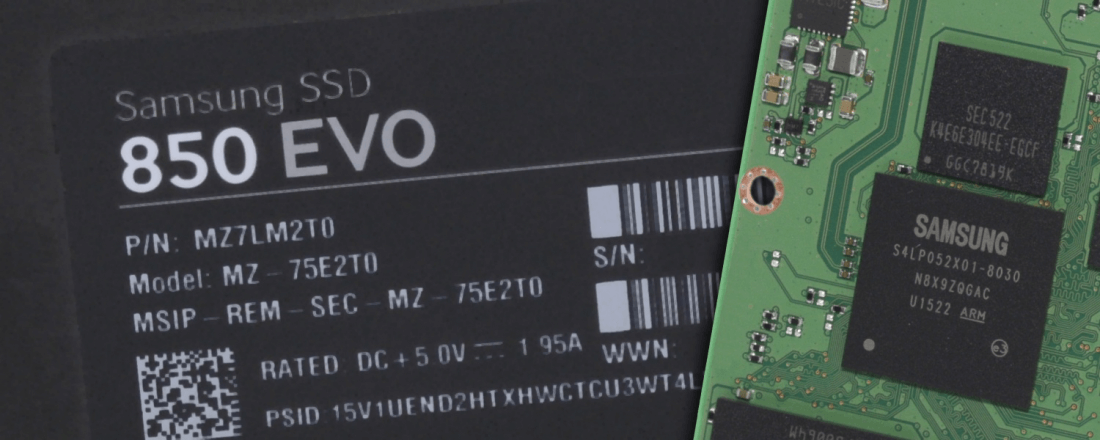
Samsung pushed the SATA interface to its limit in with the 850 Pro and then made it cheaper with the 850 Evo. Now, the company is making another leap in the storage market, by doubling the top-end capacity to 4TB -- the highest offered by any consumer SSD.
The 4TB Samsung 850 Evo SSD uses the company’s new 48-layer 256Gbit V-NAND, which it says “delivers unsurpassed performance, reliability and capacity.” Samsung claims the 850 Evo 4TB is able to deliver 540 MB/s sequential read and 520 MB/s sequential write speeds, and up to 98,000 random read and 90,000 random write IOPS.
That’s in line with Samsung’s advertised performance for the line’s 500GB, 1TB and 2TB models. In terms of features it’s a familiar picture as well: there’s data encryption through TCG Opal and Microsoft's eDrive, TurboWrite to speed up write speeds through an SLC cache, and extra overprovisioning for internal operations like wear leveling and garbage collection to maintain performance consistency in long term use.
The 4TB Samsung 850 Evo SSD carries a MSRP of $1499 with a five-year warranty and 300TB write endurance rating. That’s more than most people will pay for an entire system but its cost per gigabyte is in line the 2TB model at $0.37. The current 2TB 850 EVO sells for $675 on Amazon. Still, if you want a massive amount of fast storage in a small space, the 4TB Evo 850 comes in the standard 2.5 inch form factor and is only 7 millimeters thick.
https://www.techspot.com/news/65528-samsung-850-evo-ssd-family-gets-massive-4tb.html